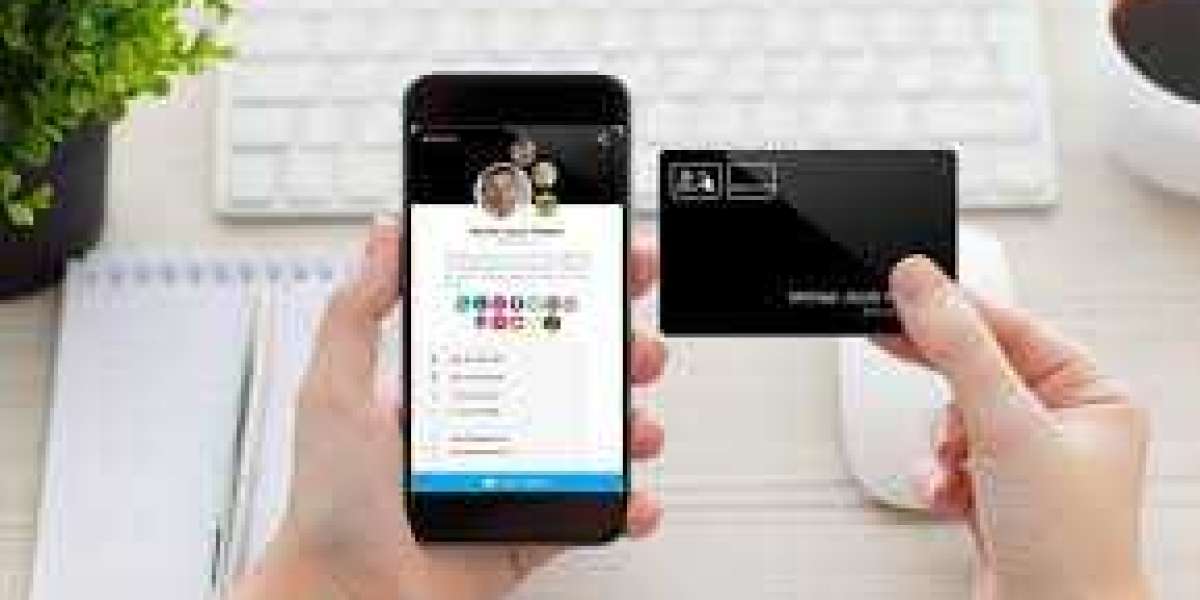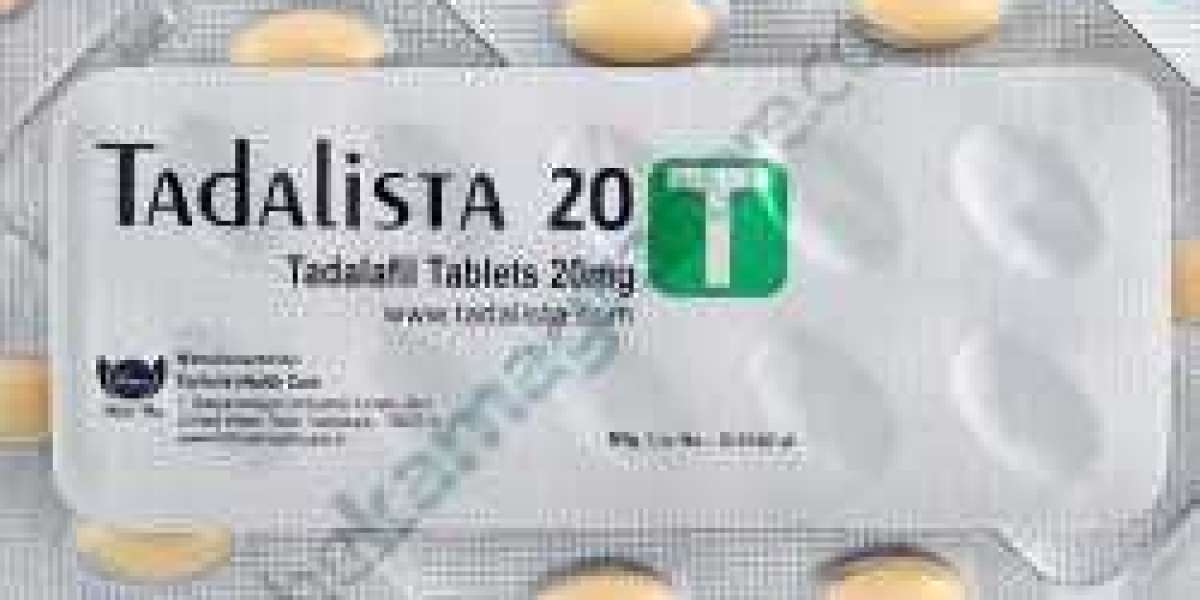1. Introduction
In today's digital age, traditional paper business cards are increasingly being replaced by their smart counterparts. As professionals adopt these modern networking tools, a common question arises: Do smart business cards require an internet connection to work? The answer isn't simply yes or no, as it depends on various factors, including the type of smart business card and its intended functionality. This comprehensive guide will explore the relationship between smart business cards and internet connectivity, helping you understand when and why an internet connection might be necessary.
2. Understanding Smart Business Cards
Traditional vs. Smart Business Cards
Traditional paper business cards have served as networking tools for centuries, offering a simple, tangible way to exchange contact information. Smart business cards represent the digital evolution of this concept, incorporating various technologies to enable dynamic information sharing and updating capabilities.
Types of Smart Business Cards
Smart business cards come in several forms:
- NFC-enabled physical cards
- QR code-based cards
- Digital card apps and platforms
- Hybrid solutions combining multiple technologies
Each type has different requirements regarding internet connectivity, which we'll explore in detail throughout this article.
3. NFC-Based Smart Business Cards
How NFC Technology Works
Near Field Communication (NFC) technology enables short-range wireless communication between devices. NFC-enabled smart business cards contain a small chip that stores and transmits information to compatible devices when they're brought into close proximity (usually within a few centimeters).
Internet Requirements for NFC Cards
The basic transfer of information stored on an NFC card to another device doesn't require an internet connection. The NFC chip itself operates independently of internet connectivity, much like a traditional paper card. However, certain advanced features may require internet access:
- Updating stored information
- Accessing dynamic content
- Tracking card usage analytics
- Integrating with digital platforms
4. QR Code-Based Smart Business Cards
QR Code Technology Explained
QR codes are two-dimensional barcodes that can store various types of information. When scanned with a smartphone camera or QR code reader, they can display text, open websites, or trigger specific actions.
Internet Connectivity Needs
QR codes themselves are static and don't require internet connectivity to exist on a card. However, the functionality triggered by scanning a QR code often requires internet access:
- Opening web-based digital profiles
- Accessing contact information stored online
- Connecting to social media profiles
- Downloading virtual contact cards (vCards)
5. Digital Business Card Apps and Platforms
Popular Digital Card Solutions
Digital business card platforms have gained significant popularity, offering solutions like:
- HiHello
- Switchit
- LinkTree
- Haystack
- Popl
Connectivity Requirements
Digital business card platforms typically require internet connectivity for:
- Initial setup and configuration
- Updating contact information
- Sharing cards with new connections
- Accessing advanced features
- Syncing across devices
However, many platforms offer offline capabilities for basic information sharing.
6. Offline Functionality
What Works Without Internet
Several features of smart business cards can function without an internet connection:
- Basic NFC information transfer
- Locally stored contact details
- Previously downloaded digital cards
- Static QR code scanning
- Bluetooth-based sharing
Features That Need Connectivity
Other features specifically require internet access:
- Real-time profile updates
- Analytics and tracking
- Social media integration
- Cloud-based storage access
- Dynamic content delivery
7. Setting Up and Managing Smart Business Cards
Initial Configuration
The initial setup of most smart business cards requires internet connectivity to:
- Create and customize profiles
- Upload contact information
- Configure sharing preferences
- Link social media accounts
- Establish security settings
Updating Information
Managing and updating information on smart business cards typically involves:
- Online dashboard access
- Cloud-based storage
- Remote content management
- Analytics tracking
- Integration with other digital tools
8. Benefits and Limitations
Advantages of Smart Business Cards
Smart business cards offer numerous benefits:
- Easy information updates
- Environmental sustainability
- Enhanced tracking and analytics
- Multiple sharing options
- Integration with digital platforms
- Professional appearance
- Reduced printing costs
Connectivity-Related Challenges
However, there are some limitations and challenges related to connectivity:
- Dependency on recipient's device compatibility
- Potential connectivity issues in certain locations
- Need for backup solutions
- Variable user technical expertise
- Battery requirements for some solutions
9. Best Practices for Usage
Ensuring Reliable Performance
To maximize the effectiveness of smart business cards:
- Keep backup sharing methods available
- Regularly update stored information
- Test functionality in various conditions
- Maintain device compatibility
- Consider your audience's technical comfort level
Backup Solutions
Important backup measures include:
- Storing offline copies of contact information
- Having alternative sharing methods ready
- Regular data synchronization
- Local storage of essential details
- Physical backup cards when necessary
10. Future Trends and Developments
The future of smart business cards is likely to bring:
- Enhanced offline capabilities
- Improved battery-free solutions
- Better cross-platform compatibility
- Advanced security features
- Increased integration with emerging technologies
- More sophisticated analytics
- Expanded functionality beyond contact sharing
11. Conclusion
Smart business cards represent a significant advancement in professional networking, offering flexibility and functionality that traditional cards cannot match. While many basic features can work without internet connectivity, particularly in NFC-based solutions, the full potential of smart business cards is often realized through internet-connected features and services.
The key to successful implementation lies in understanding the balance between offline and online capabilities, choosing the right solution for your needs, and maintaining appropriate backup methods. As technology continues to evolve, we can expect smart business cards to become even more sophisticated, with improved offline capabilities and enhanced features that make professional networking more efficient and effective.
Whether you're considering adopting smart business cards for your business or already using them, understanding their connectivity requirements helps ensure you can maximize their benefits while being prepared for various usage scenarios. The future of business card technology is decidedly digital, but it's important to remember that the best solutions often combine both connected and offline capabilities to provide reliable, versatile networking tools for modern professionals.



